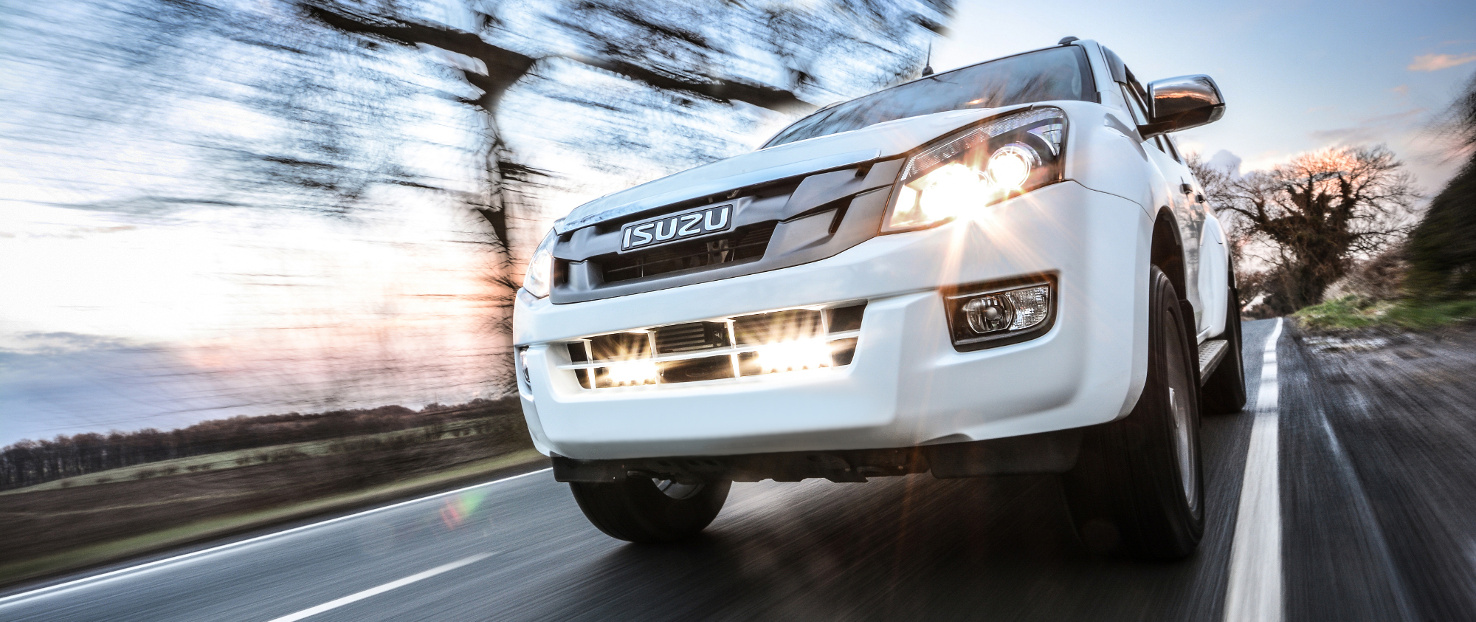Buyer's Guide - ECE Regulations and Keeping It Legal

When fitting extra lights to your vehicle, there are a couple of things that you need to know:
- It’s easy to fit extra lights and be compliant with the regulations in every country in the world. Fitting extra lights can improve safety, enhancing night-time visibility for the driver.
- It is the driver's responsibility to ensure that the vehicle complies with the regulations of that country.
PICKING THE RIGHT LIGHT
Other than perhaps as an isolator switch, most people who fit extra lights don’t want to install a separate switch on the dashboard, they just want the lights to come on with the existing vehicle main beam headlamps, and to turn off when the driver dips the lights. In most countries, this can be done where the supplementary lamps are “approved headlights”. If non-approved headlamps are used on the vehicle, then in most countries they should either be concealed when driving on a public road, or at least switched separately from the main headlights.
WHAT IS AN “APPROVED HEADLIGHT”
In all European countries, plus a number of other countries (Japan, Australia etc), it is a requirement that any additional lamps are “approved headlights”. Automotive headlamps are approved to UNECE regulation 112 or 113, which is a comprehensive test of the product, including such tests as lens scratch resistance, on/off switching, thermal endurance etc. If the lamp passes the tests, the lamp becomes certified and the manufacturer is permitted to add an E-mark to the lens of the product. The E-mark is a printed or moulded letter E encirculed and added to the product with a number to indicate where the approval tests were carried out. In the case of all current Lazer products, these have been approved in Spain, so they have an E9 symbol, where the 9 indicates the Spanish testing. This country code is only an indication of the test location; once approval is granted, the approval is valid in every country signed up to the E-mark system. With the UK departure from the EU, we already have it confirmed that the E9 approval of our lamps is unaffected by Brexit. Click here for a full list of the signatories to this system.
REFERENCE MARK
Every approved headlight is given a “reference mark” relating to the maximum peak intensity of light coming from the unit, at a distance of 25 metres. Some countries require that the maximum reference mark allowed for road use is 100. So, if the vehicles normal headlights have a reference of 20 each, then the driver should only fit an additional 4 lights, which might each have a reference mark of 15. The Lazer products spread or focus the light differently, but the relatively low peak intensity figure of many of our lights, is made possible by the huge amount of light generated by these products being spread over a wide area, in a homogenous and smooth light pattern, or via a bigger differential on Triple-R products between the dual output functions that allow these products to achieve the certification.
LOCATION
Positioning the lights up high can be a real benefit in terms of reducing the amount of shadow cast by bumps in the ground, due to the driver’s eye line being below that of the beam of light. In Europe, it’s required to mount the lights no higher than 4 metres. Where a lamp with integrated Position Light function are being used (apporved to UNECE regualtion 7), there are more specific mounting requirements. Please consult our Fitting Instructions sheet for permissable locations of the lamps. There may also be regional requirements for deactivating the standard vehicle position lights where supplementary position lights are used.
COUNTRY SPECIFIC VARIATIONS
38 countries across the world are signed up to the UNECE regulations, but enforcement of the regulations does vary from one country to the next. Most countries require auxiliary lights to be mounted in pairs, but some countries including the UK, Norway, and Sweden, do allow for fitting a single (or odd number) of lamps. So too the severity with which the reference mark is enforced, or the need to always have a seperate isolator swtich in Australasia, or the requirement in Switzerland to cover the lights when not is use; there are regional variations which people should be aware of, particualrly if fo instance you're planning a road-trip across Europe. If you're not sure, or sometimes even if you think you are, we always recommend speaking to an expert who knows and understand the rules in each country. Our Dealer Locator is a good place to start to find people who know about the regulations in your area.
SUMMARY
Buying an “approved headlight” gives piece of mind that the product has been engineered correctly and it can withstand a severe and harsh test program. It gives the driver the added benefit that he/she can also wire the units directly to the main beam headlights without the need for adding a separate switch on the dash, which often increases installation time and decreases ease of use.
 Made in the UK
Made in the UK










